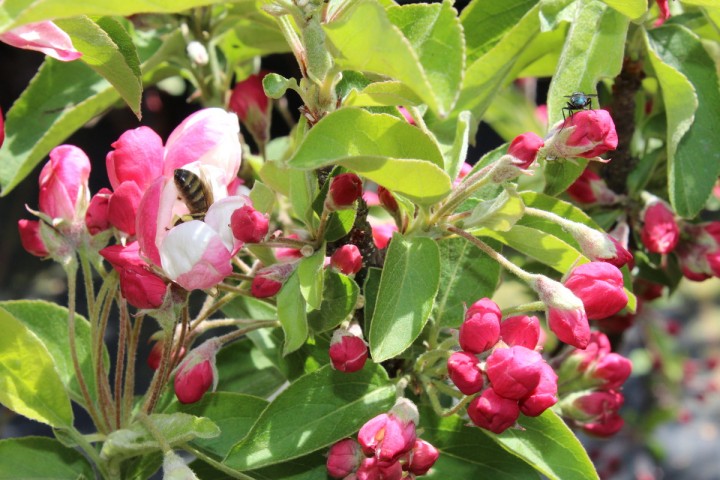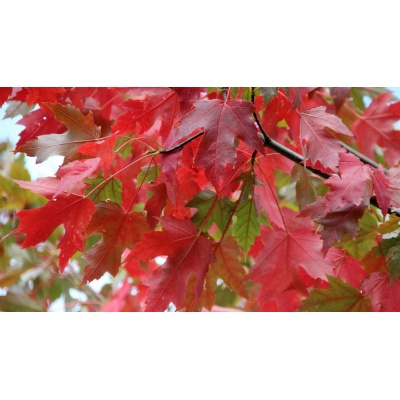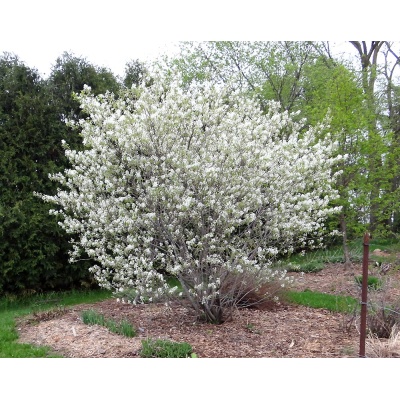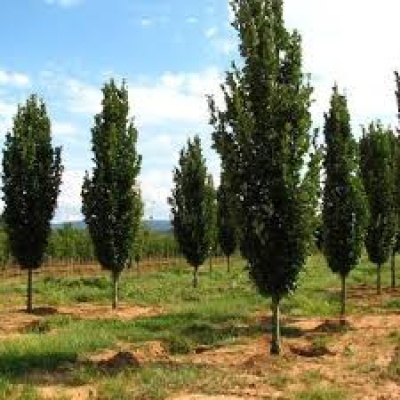Description
 Malus ‘Adirondack’ Crabapple
Malus ‘Adirondack’ Crabapple
Botanical Name: Malus ‘Adirondack’
(NA 54943; PI 499828)
Family: Rosaceae
Hardiness: U.S.D.A. Zone 4 – 8
Development
Five hundred open-pollinated seedlings of Malus halliana were artificially inoculated with fire blight under control conditions. Of the sixty surviving seedlings, several showed field resistance to scab, cedar-apple rust, and powdery mildew when exposed to natural inoculum from heavily infected, susceptible plants during eleven years of field trial. ‘Adirondack’ was selected from this seedling population in 1974 by Donald R. Egolf and released in 1987.
Significance
‘Adirondack’ exhibits a combination of many desirable traits that make it a near-perfect crabapple. The narrow obovate, upright-branched growth habit combines with an annual bloom cycle, abundant, small, persistent fruit, slow to moderate growth rate, and multiple disease tolerance that is rare in crabapple. Highly rated for both aesthetics and disease resistance by the International Ornamental Crabapple Society.
Description
Height and Width: 18 feet tall and 16 feet crown width at 20 years.
Habit
Narrow obovate, upright-branched small tree. Maintains upright form with age.
Foliage
Leathery dark green leaves. The foliage is highly tolerant to cedar apple rust, apple scab, and powdery mildew.
Flowers
Annual flowering. Dark carmine buds mature to a lighter red and open to white, waxy, heavy-textured, wide-spreading flowers with traces of red; slightly fragrant.
Fruit
A pome. Abundant, bright orange-red, hard, small (1/2-inch) fruit persist until early winter. Relished by birds after softened by freezing.
Culture
Adaptable to diverse soil, moisture, and climatic conditions. Requires virtually no pruning to maintain its shape nor chemical controls for the common crabapple diseases.
Propagation
Most commercial propagation is by budding or grafting onto compatible rootstocks. Roots easily from softwood cuttings in late spring, under mist, 3000 ppm IBA, in 4 weeks.
Landscape Use
Effective for foundation plantings of buildings or formal gardens; as a specimen for space-limited situations; a strong focal accent in the shrub border or residential garden; park and recreational area screen; roadside or street tree where shade is not important.




Reviews
There are no reviews yet.